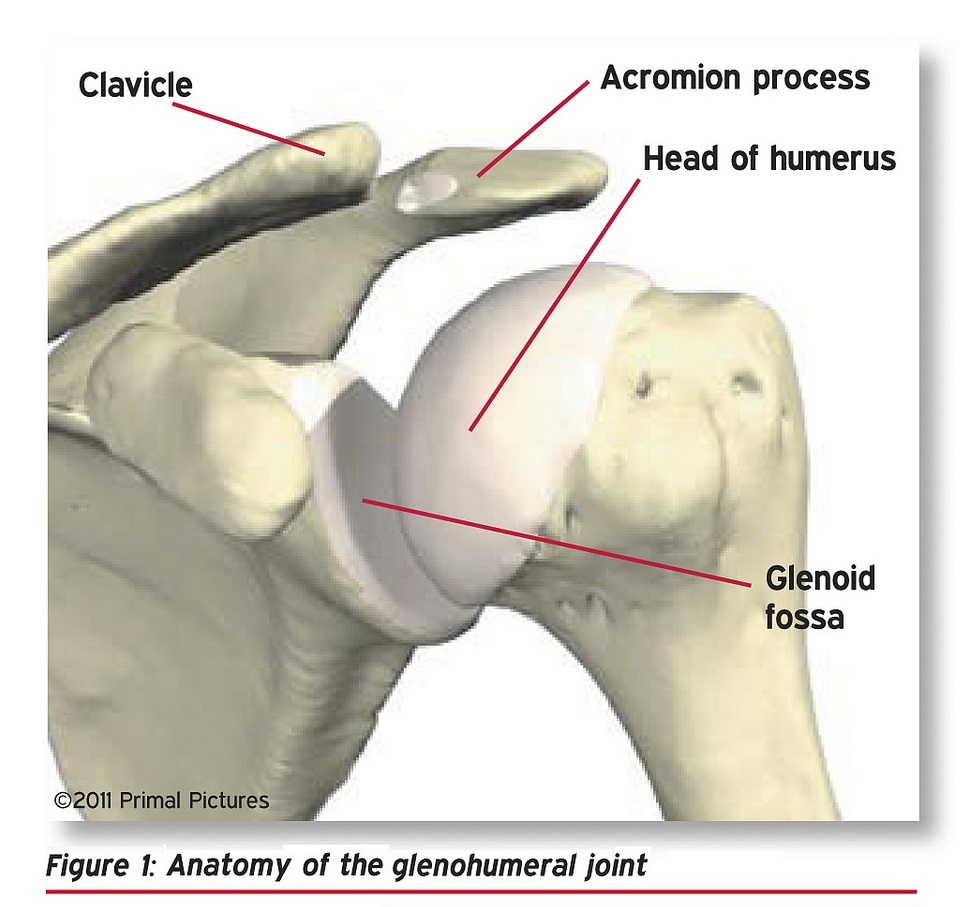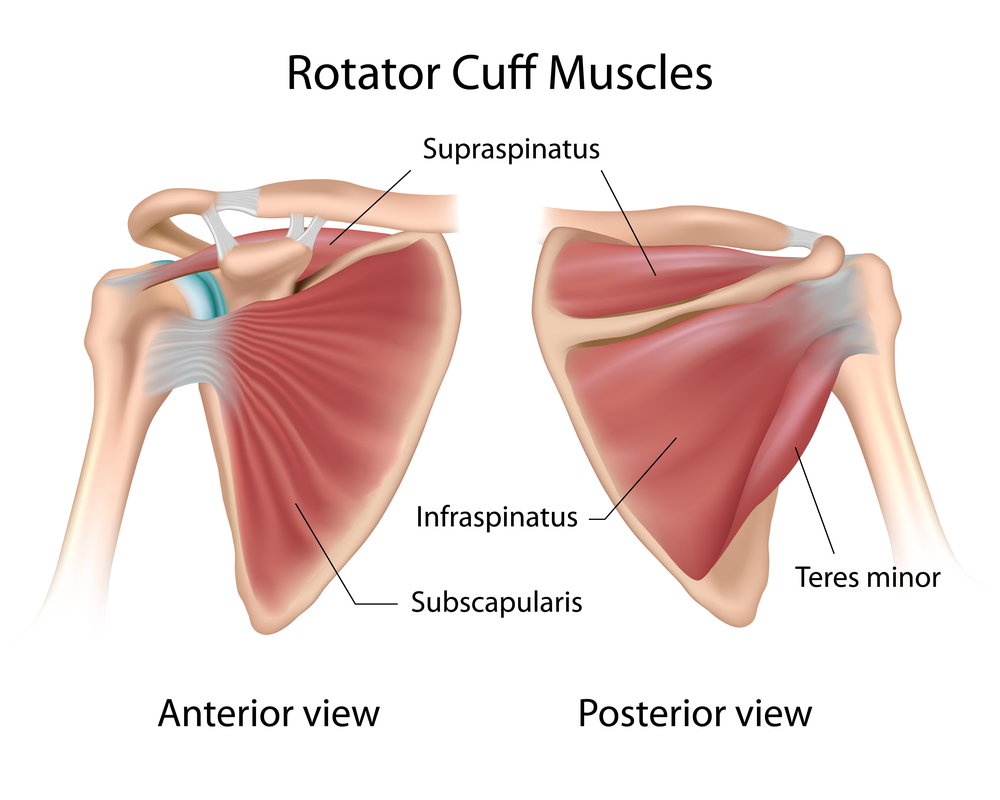January 15, 2017
The rotator cuff is a group of four muscles in the shoulder that play a pivotal role in movement, and more importantly in stability of the shoulder joint. Any time your shoulder joint is moving, whether it be reaching, lifting, throwing a ball or even pushing yourself up from a chair, the rotator cuff muscles have to contract. Because of the constant demands we put on our shoulders through use in our daily activities, these muscles are often overworked. Add to that that a portion of the tendons are situated between two bones and we can see how these muscles become easily damaged.
At Portland Physical Therapy we treat many patients with rotator cuff pathology, ranging from rotator cuff tendinitis (irritation/inflammation to the tendon of the muscles), to rotator cuff tears or even after they have had surgical repair of a rotator cuff. We get a lot of great questions from our patients regarding the rotator cuff: what it the rotator cuff, what does it do, why do they feel the sensations they do. We hope this multi-part blog will help to answer these questions and more.
What is the Rotator Cuff
As stated above, the rotator cuff is a group of four muscles. These muscles are the supraspinatus, infraspinatus, teres minor and the subscapularis (see image below). The muscles surround the glenohumeral (shoulder) joint, which is a ball (humeral head) and socket (glenoid fossa) joint (see image below). The shoulder joint allows for greater range of motion; however, in order to have more range of motion it sacrifices stability. The rotator cuff plays an important role in helping to create stability as the shoulder moves.


Function of the Rotator Cuff
The rotator cuff muscles assist in lifting the arm away from the body, as well as rotating in it various directions. More importantly, they help to keep the humeral head stable by keeping it located in the glenoid fossa as it rolls and slides during movement. This link (https://www.youtube.com/watch?v=D3GVKjeY1FM) provides a good overview of the shoulder and discusses the rotator cuff around the four minute mark. As you can see, the muscles have to work in conjunction from the top, as well as front and back of the shoulder joint to keep the humeral head stable by pressing it into the glenoid fossa as the arm moves. If there is weakness and/or damage to these muscles, they are unable to perform their job properly. This can lead to abnormal movement within the joint and further damage to structures of the shoulder.
In the next series, Portland Physical Therapy will discuss injuries to the rotator cuff, and some preventative measures you can take to keep your shoulders healthy. If you currently have pain or difficulty with use of your arm(s), we encourage you to get it assessed by a skilled clinician. Portland Physical Therapy is located at 959 Congress St. in Portland, ME, and we are happy to respond to questions via e-mail info@pptmaine.com or by phone 207.828.4455. Thanks for reading, and stay tuned for part two of our series in the coming weeks.




